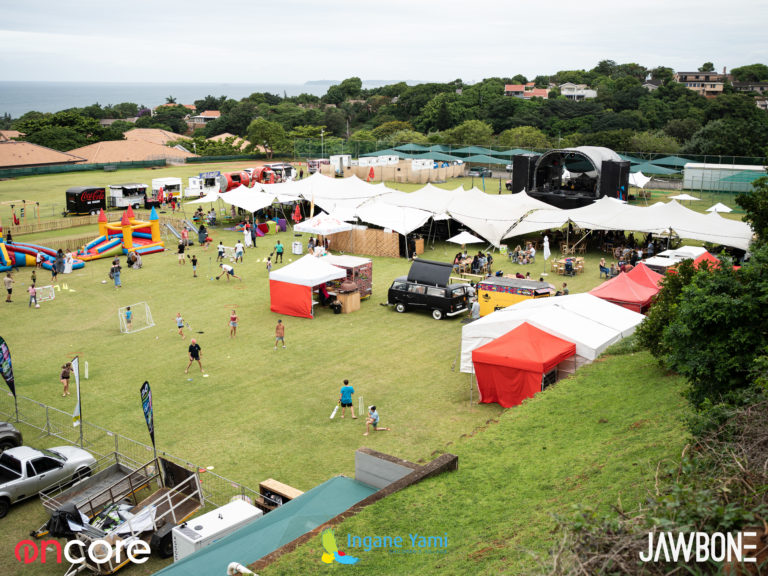We all experience creative blocks – We’re only human. However, we are in the business of creativity and deadlines. So we don’t have the luxury of time to wait it out. Event management requires a constant flow of creative thinking and problem-solving from our team. Over the years, we have developed a step-by-step process that has helped us push the creative boundaries and break through any creative blocks that we face.
Why Use Brainstorming for Event Management
The main purpose of brainstorming is to get our team to think laterally. The most unconventional, yet creative, solutions come from our group brainstorming sessions.
Although there are 2 types of brainstorming sessions that a company can use – Individual and group sessions. Group brainstorming allows individuals to spark ideas and the group to then build upon that idea. We believe that ideas created collaboratively are, on average, the strongest, most strategic and most creative.
Brainstorming Steps for Event Management
Although we use these steps when working on an event management project, they are dynamic and can be used for generating creative solutions for any project that you are currently working on.
These are the steps that we use when group brainstorming – Although brainstorming should allow for a free-flow of ideas, we still believe in a certain structure.
Step 1: Prepare the Group
When we send out the meeting request for a brainstorming session, we give our team a just of what we will be brainstorming and some insight into the problem that needs to be solved.
We appoint a project manager or team leader as the ‘host’ for the brainstorming session. They are also responsible for one of our greatest tricks: Organising great coffee.
Step 2: Find the Right Space
We truly believe that a space we work in impacts the output. We, therefore, chose comfortable, well-lit rooms to brainstorm in.
Step 3: Present the Problem or Idea that needs to be Solved
Start the brainstorming session by recapping the problem or idea that needs to be solved or created. You should be able to summarise your brief for the output of the session in one paragraph.
Once this is done, we allow our team members some quiet time to scribble, jot or doodle their ideas down. We find that taking pen to paper is the most effective means to do this. A laptop or iPad screen can often limit your thinking.
Step 4: Harness the Magic
We will then ask each team member to share their thoughts – This is when the magic starts happening. This is the time when the Jawbone team can build on each other’s ideas or use them to create new ones.
By harnessing the magic, we mean guiding the discussion. It’s very easy to get sidetracked and go in tangents. Whoever is leading the brainstorming session is responsible for guiding the ideas and flow of creativity towards achieving the objective of the session. This is a tricky one, as we don’t want to limit any lateral thinking, so this is done using critique rather than criticism.
Brainstorming for event management has become an art that we have crafted over the past 9 years. Using these steps, we were able to create a memorable event for Lego’s staff and suppliers – Have a peek at what we created for them here.




